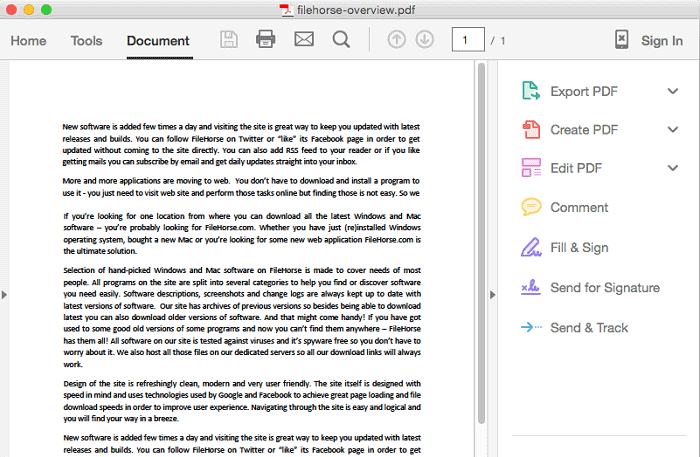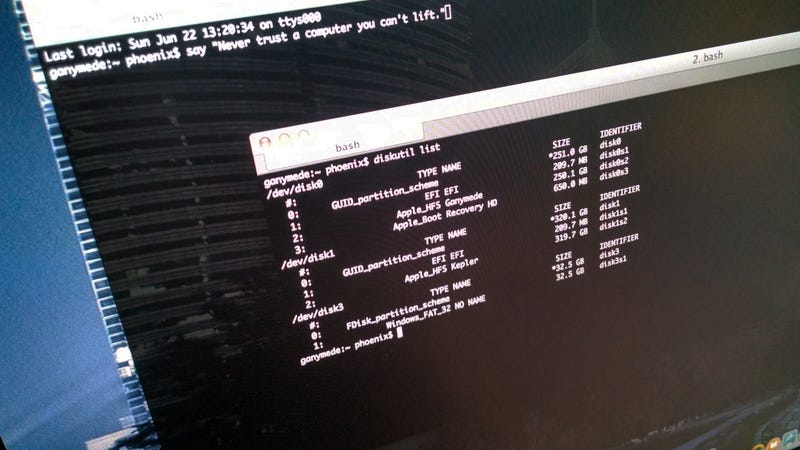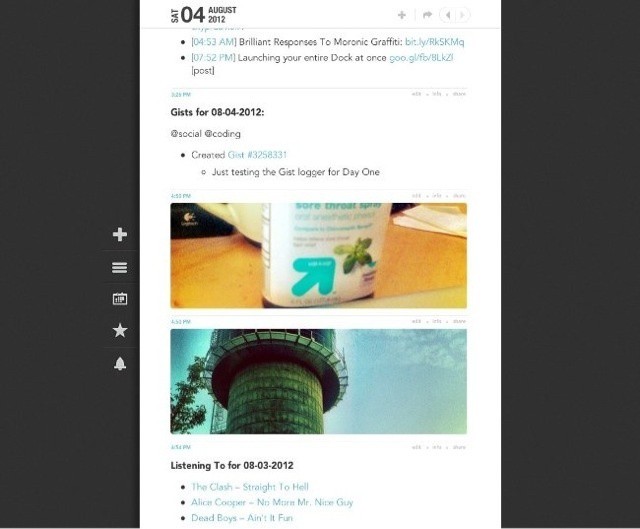
- Free Adobe Reader For Mac
- Acrobat Reader Dc For Mac
- Scripts Reader For Macbeth
- Adobe Acrobat Reader For Mac
The feedback you provide will help us show you more relevant content in the future. Due to Adobe’s high interest in security, changes to existing Acrobat and Adobe Reader functionality are periodically released to further strengthen the product’s resistance to malicious attacks. As part of this effort, 10.1.1 introduces changes to the JavaScript feature that stores global variables and executes user-defined scripts.
I'd like to run a script on my Mac whenever OpenVPN connects. I've checked the config on my Mac and I don't see a place for scripts anywhere. I'm running the most recent Tunnelblick (3.7.0).
Where can I set scripts on Tunnelblick for Mac?

1 Answer
This answer is a little late, but there are actually hooks within Tunnelblick that you can use simply by putting properly named scripts in certain directories.
The documentation for this is not all that much fun to read (or put into practice), so here's a summary*:
- Create
pre-connect.sh,post-tun-tap-load.sh,connected.sh,reconnecting.shand/orpost-disconnect.shas is your need. - As root, put these files in
/Library/Application Support/Tunnelblick/Shared/<gateway>.tblk/Contents/Resources, where<gateway>.tblkis a directory named after an OpenVPN configuration you've imported into Tunnelblick previously. - Change ownership and ACLs:
bash$ sudo chown root:wheel reconnecting.sh bash$ sudo chmod 700 reconnecting.sh
Free Adobe Reader For Mac
*Note that the directories I refer to might be different on your setup--I'm running macOS 10.12.6, and these steps assume you've already imported OpenVPN configurations into Tunnelblick.
chbchbNot the answer you're looking for? Browse other questions tagged openvpntunnelblick or ask your own question.
Enterprise admins who manage machines engaged in workflows that use persistent global variables (Windows and Macintosh) or custom JavaScripts (Windows only).
Due to Adobe’s high interest in security, changes to existing Acrobat and Adobe Reader functionality are periodically released to further strengthen the product’s resistance to malicious attacks. As part of this effort, 10.1.1 introduces changes to the JavaScript feature that stores global variables and executes user-defined scripts.
Prior to 10.1.1, end users could place JavaScript files in %ApplicationData%Adobe(product name)(version)JavaScripts, and these files would execute automatically on application startup. For example, IT might place a JS file for modifying the product user interface by hiding or adding menu items on an Windows XP machine in C:Documents and Settings(username)Application DataAdobeAcrobat10.0JavaScripts. Additionally, the folder contains glob.js and glob.settings.js, two files which the product can read and write to when storing global variables.
By design, Acrobat processes do not write to the %ApplicationData% AcrobatPrivileged10.0 folder. Additionally, sandboxed processes are specifically prohibited from writing to that folder. Thus, the most secure operation involves enabling Protected View in Acrobat and Protected Mode in Reader and thereby sandboxing all processes. Additionally, 10.1.1 introduces the following changes:
- New user JS location: The user JavaScript folder is moved from
- Vista and Windows 7:Users(username)AppDataRoamingAdobeAcrobat10.0JavaScripts to Users(username)AppDataRoamingAdobeAcrobatPrivileged10.0JavaScripts. For example, the new path might be C:UsersJoeUserAppDataRoamingAdobeAcrobatPrivileged10.0JavaScripts
- XP: Documents and Settings(username)Application DataAdobeAcrobat10.0JavaScripts to Documents and Settings(username)Application DataAdobeAcrobatPrivileged10.0JavaScripts. For example, the new path might be: C:Documents and SettingsJoeUserApplication DataAdobeAcrobatPrivileged10.0JavaScripts
Note: This is a Windows-only change. Also, the change does not impact the behavior of C:Program FilesAdobe(product name and version)(product name)JavaScripts.
- New format and location for persistent global variables: Variable settings stored in glob.settings.js and glob.js now reside in a new directory at %ApplicationData%AdobeAcrobat10.0JSCache. The key value pairs read from the ASCab are used to initialize the persistent global variables. No settings are saved as JavaScript files in this directory.
If you have not stored variables as persistent global variables or placed custom JavaScripts in the affected directories, then you can ignore this change. However, if you have done either, maintain the integrity of your workflows by doing the following:
For global variable issues (Windows and Macintosh)

Acrobat Reader Dc For Mac
- Verify glob.js and glob.settings.js do not store anything other than key value pairs and scalar values. Workflows that use these files to store other methods will break.
- Since any data residing in glob.js and glob.setting.js at the time of applying 10.1.1 will be lost, maintain the integrity of your workflows by doing the following:
1. For Acrobat, you can either:
- Copy the JavaScript in the existing glob.js and glob.setting.js files from the old JavaScripts folder and execute it in the JavaScript console in a new Acrobat session. This will export the stored global variables to the new Acrobat session. Or,
- Copy glob.js and glob.setting.js from the old JavaScripts folder to the %Program Files%/Adobe/Reader/JavaScript folder and then delete the original files. Restart the product to export the variables to the new format.
Note: For Adobe Reader, you can only use the latter method since the JavaScript console is not available unless you have enabled it as described at http://blogs.adobe.com/pdfdevjunkie/2008/10/how_to_use_the_javascript_debu.html.
2. Manually execute the JavaScript setPersistent method on all global variables to ensure they are correctly migrated to the new format. For example, run the following JavaScript in the console:
Scripts Reader For Macbeth
Copy all user-created JavaScript files from %APPDATA%AdobeAcrobat10.0JavaScripts to %APPDATA%AdobeAcrobatPrivileged10.0JavaScripts.
Twitter™ and Facebook posts are not covered under the terms of Creative Commons.
Adobe Acrobat Reader For Mac
Legal Notices | Online Privacy Policy